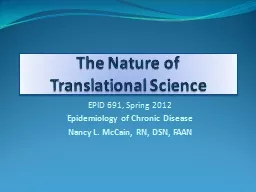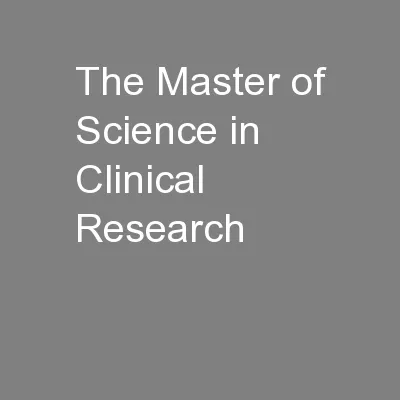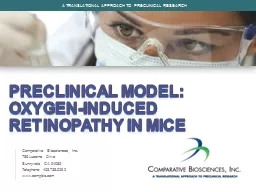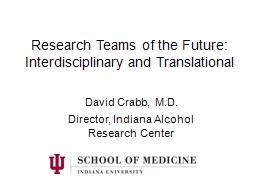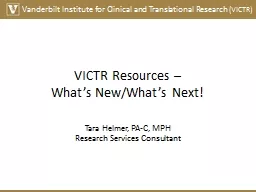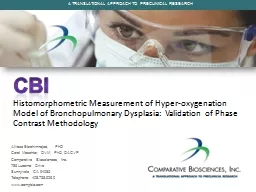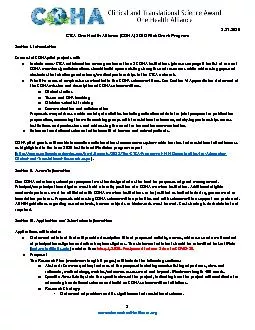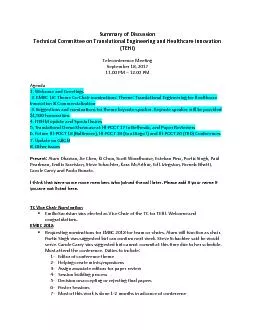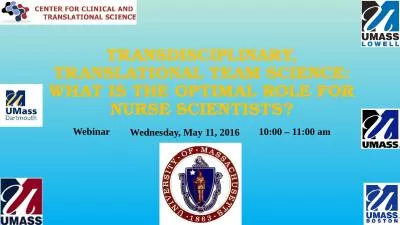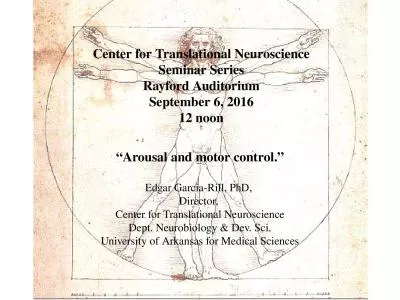PPT-The Nature of Translational Science
Author : tatyana-admore | Published Date : 2018-11-25
EPID 691 Spring 2012 Epidemiology of Chronic Disease Nancy L McCain RN DSN FAAN NIH Roadmap httpcommonfundnihgovaboutroadmapaspx The NIH Roadmap for Medical Research
Presentation Embed Code
Download Presentation
Download Presentation The PPT/PDF document "The Nature of Translational Science" is the property of its rightful owner. Permission is granted to download and print the materials on this website for personal, non-commercial use only, and to display it on your personal computer provided you do not modify the materials and that you retain all copyright notices contained in the materials. By downloading content from our website, you accept the terms of this agreement.
The Nature of Translational Science: Transcript
Download Rules Of Document
"The Nature of Translational Science"The content belongs to its owner. You may download and print it for personal use, without modification, and keep all copyright notices. By downloading, you agree to these terms.
Related Documents

